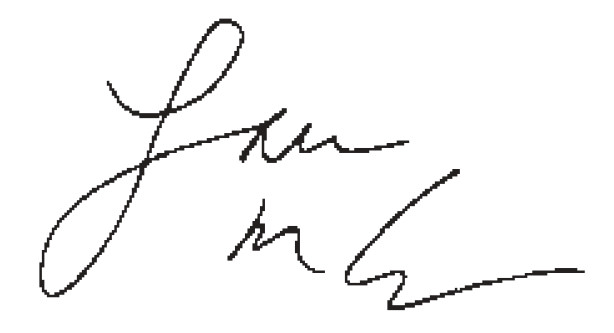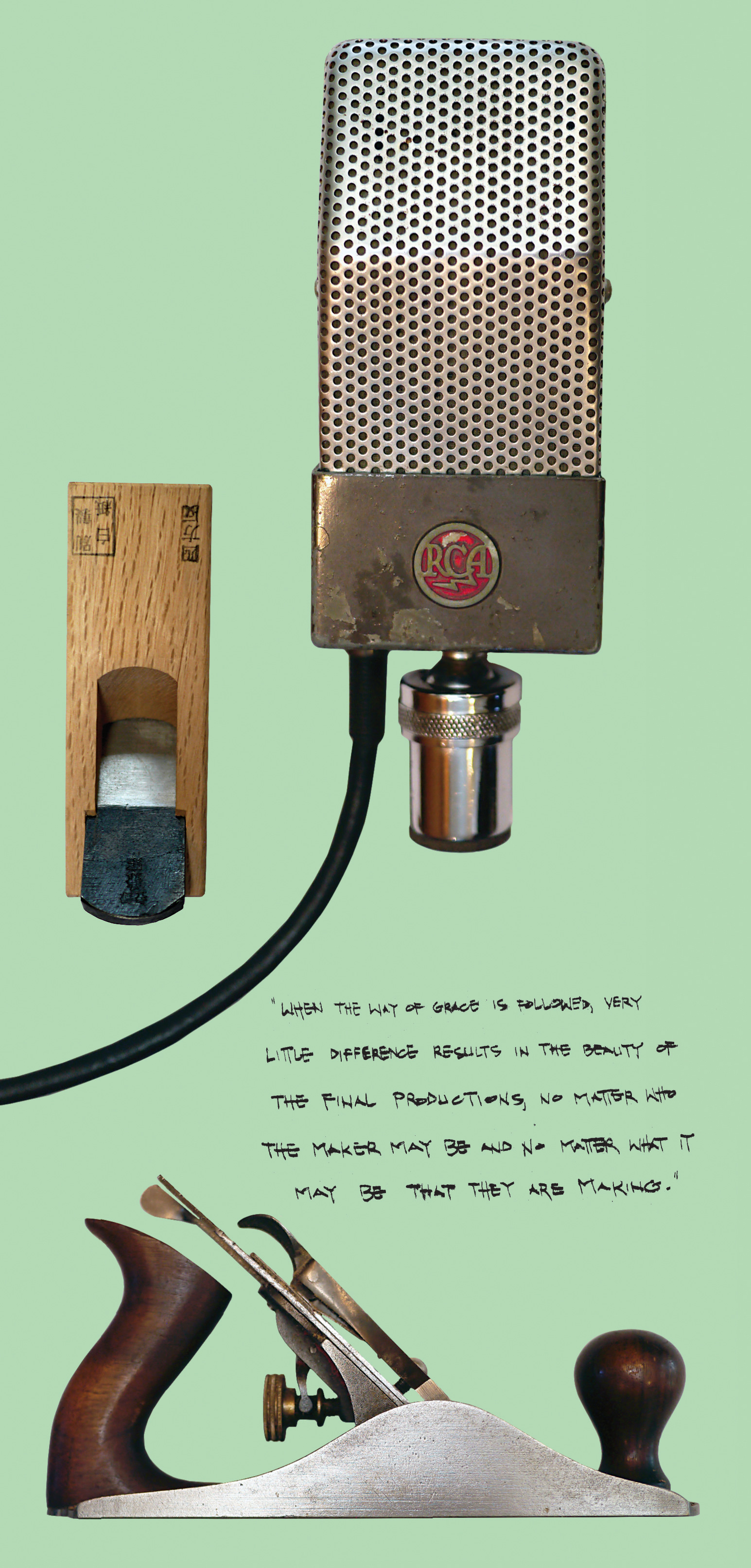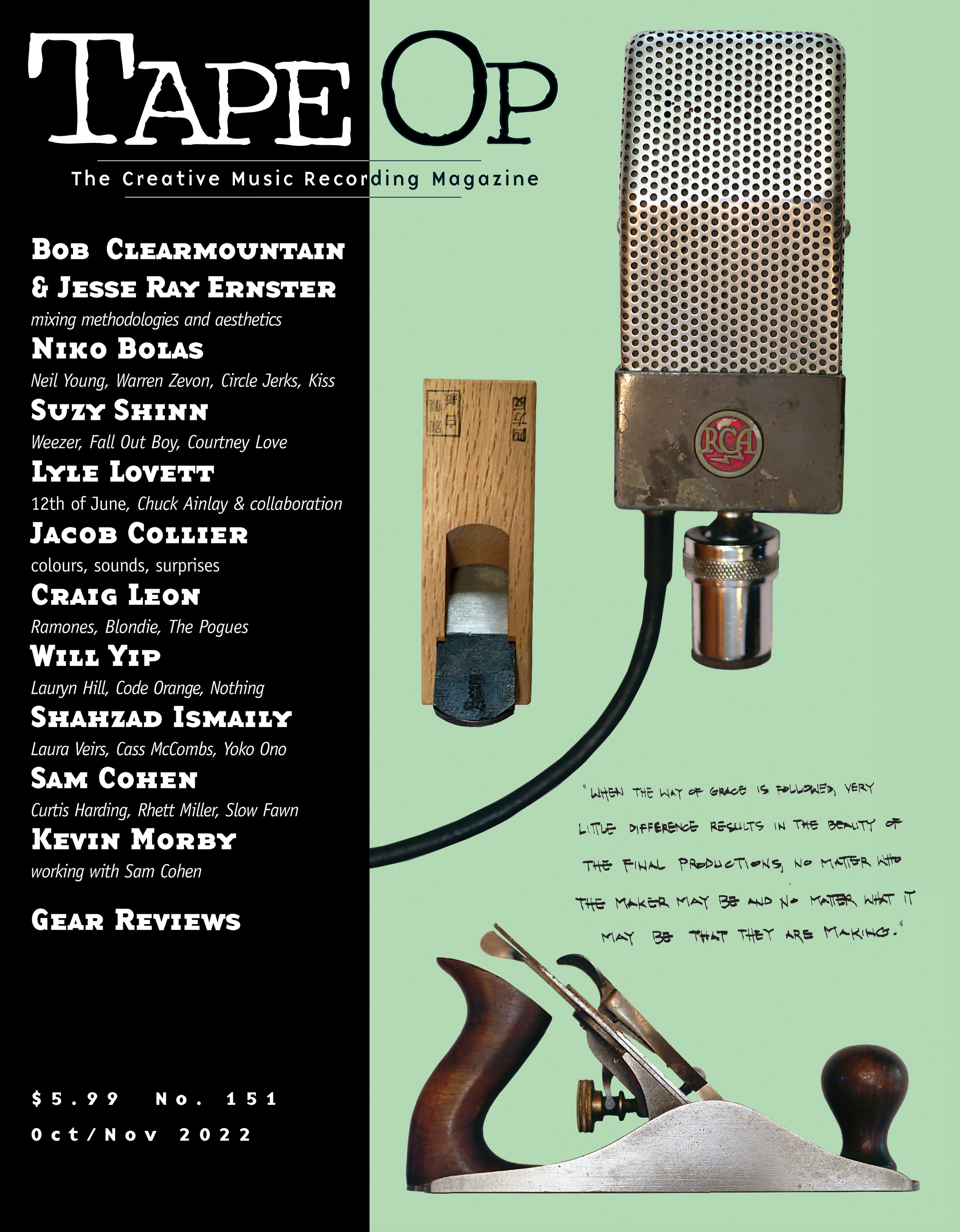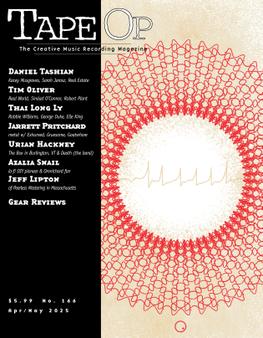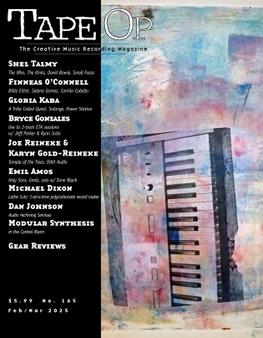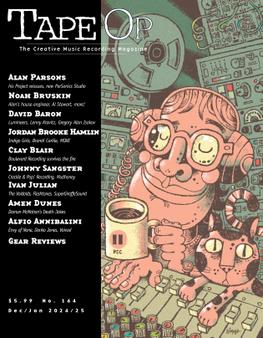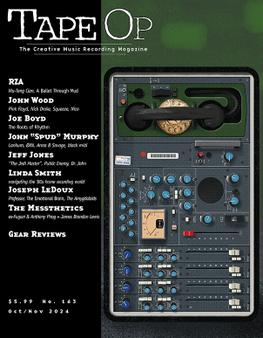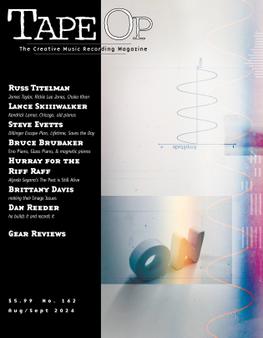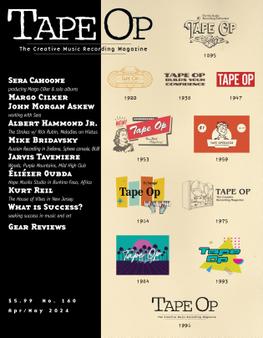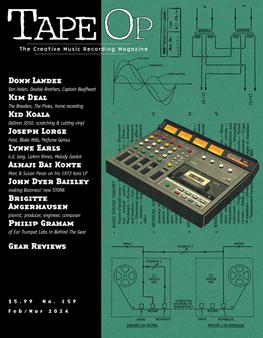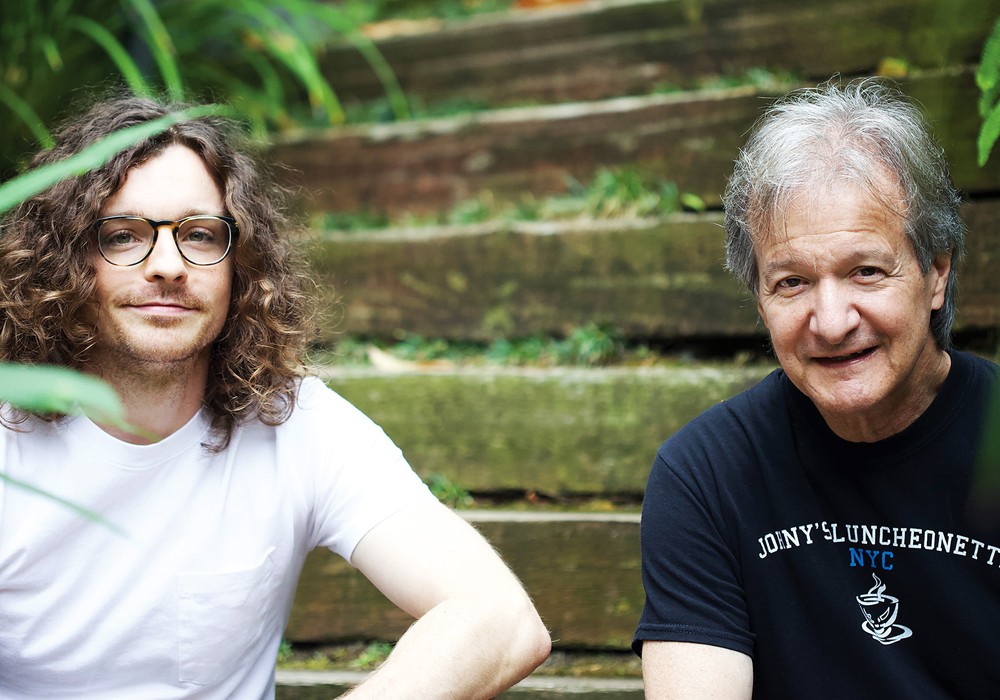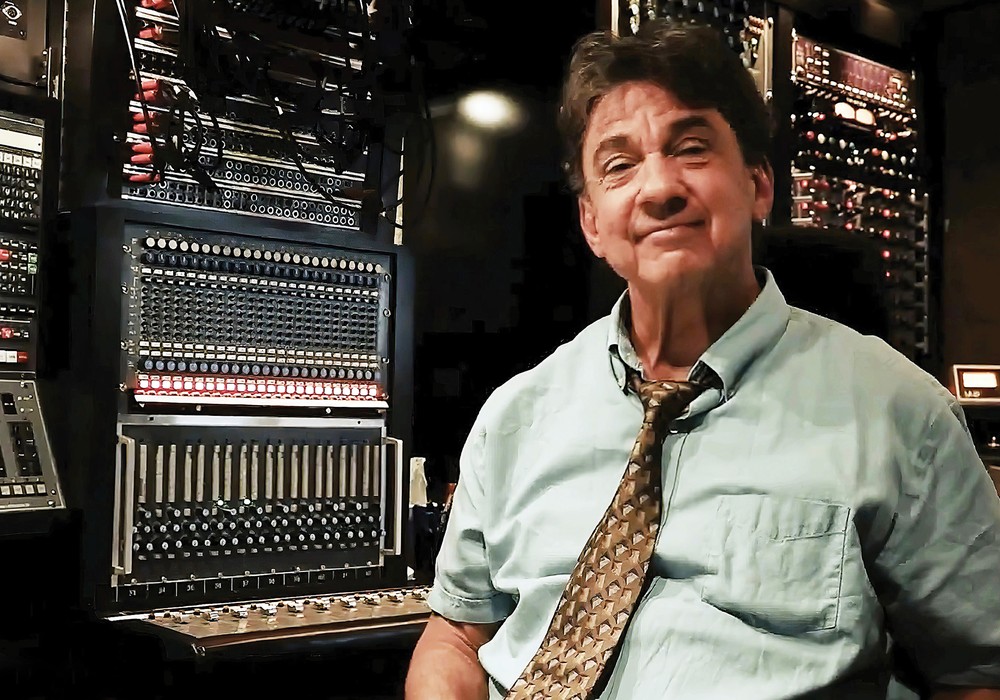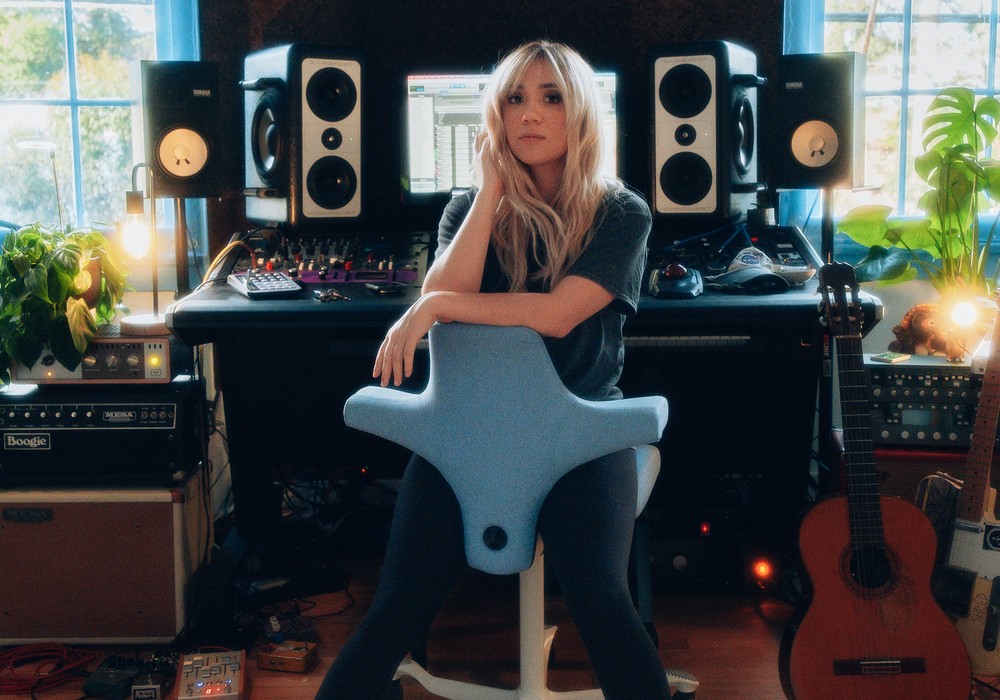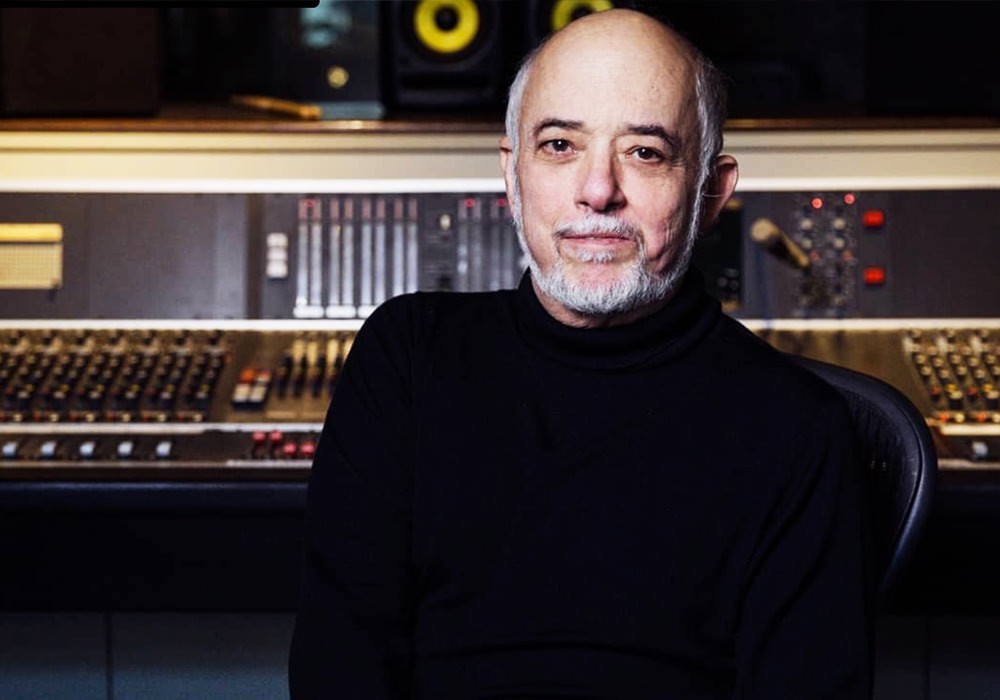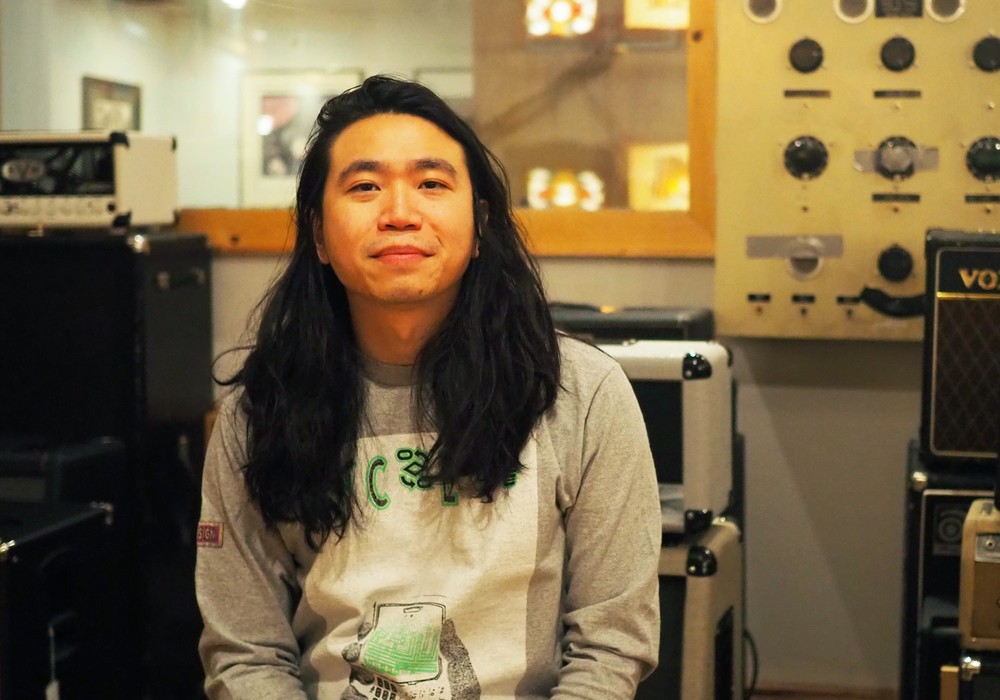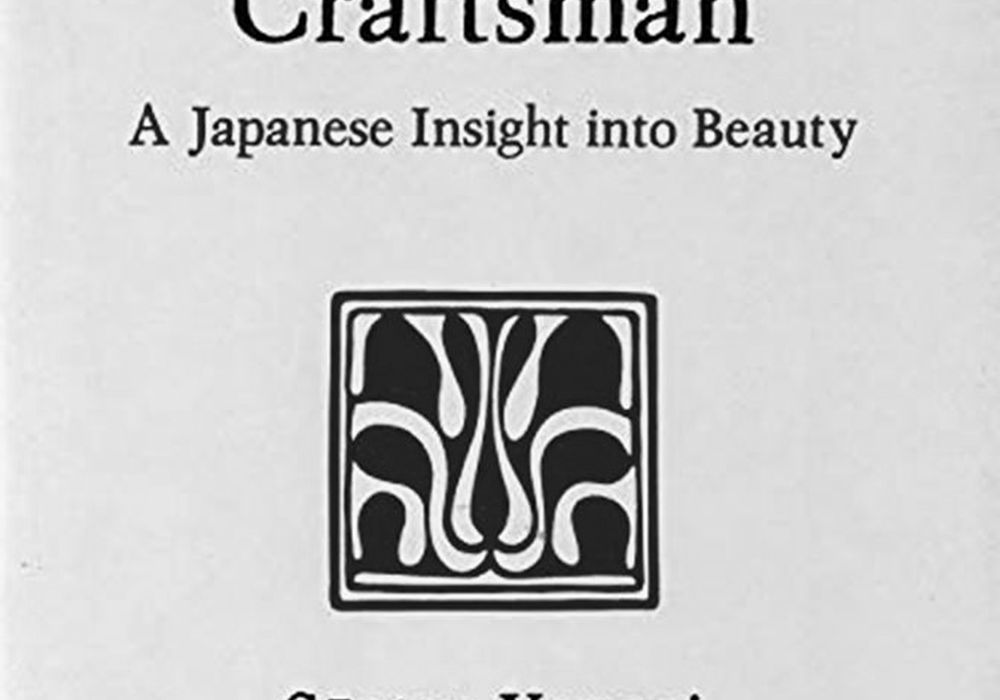Sep/Oct 2022
Welcome to issue #151 of Tape Op.
When this magazine began, one aspect of the music creation process I decided not to write about was how the finished recordings actually get to the listener. I’d already seen several iterations of how music was physically delivered come and go, such as 8-track cartridge, flexi disc, cassette, Digital Audio Tape, Digital Compact Cassette, MiniDisc, and Super Audio CD, which basically left us with vinyl LPs and 45s, as well as optical-based CDs. Do we even need to discuss landfills full of iPods, PonoPlayers, and those ugly Rio units?
This ever-shifting landscape has never felt like something I’d be interested in continually discussing. Instead, I chose to focus the pages here on the creative aspects of capturing and working with music during the recording process. The exciting part to me has always been where the art is born.
In my opinion, the main point of recording music is to capture something to share with the world. To present to the audience a vetted version of the song or album that is meant to be heard, far and wide, by potentially anyone. How this audio gets to the listener will always change over the years, but the fact that it gets heard is what is important. Did the music reach someone? Good!
But what if the audio that’s captured and labored over is not allowed to be heard by the public-at-large? What if it’s a one-off “piece of art” sold to a millionaire? Flip to the End Rant John Baccigaluppi and I composed this issue for a terrifying example of the battle between high art and distribution. It’s pretty interesting…
— Larry Crane, editor & Founder
